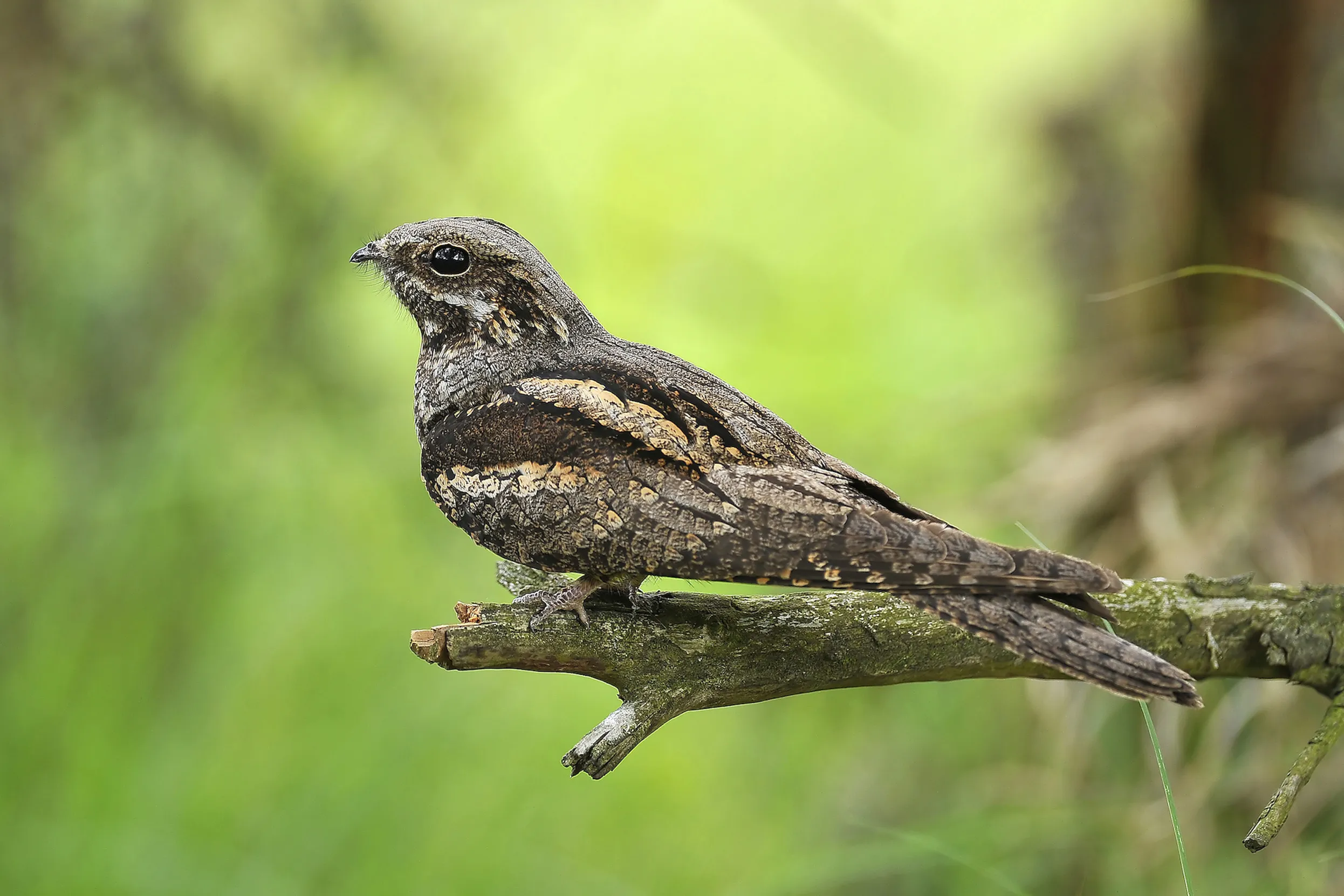News
How conservation work on Tristan da Cunha is helping break down barriers
Discover how work to protect one of the world’s biggest marine reserves is making waves for women too.
There aren’t many places where you can eat a fish and chip supper while looking out to sea as the evening lights switch on in Morocco. The short distance across the Strait of Gibraltar is what makes it such a unique and popular thoroughfare for migrating birds. At the skinniest point, the Strait is just 13km (8 miles) as the crow flies – an ideal sea-hop from the African continent to breeding grounds in Europe.
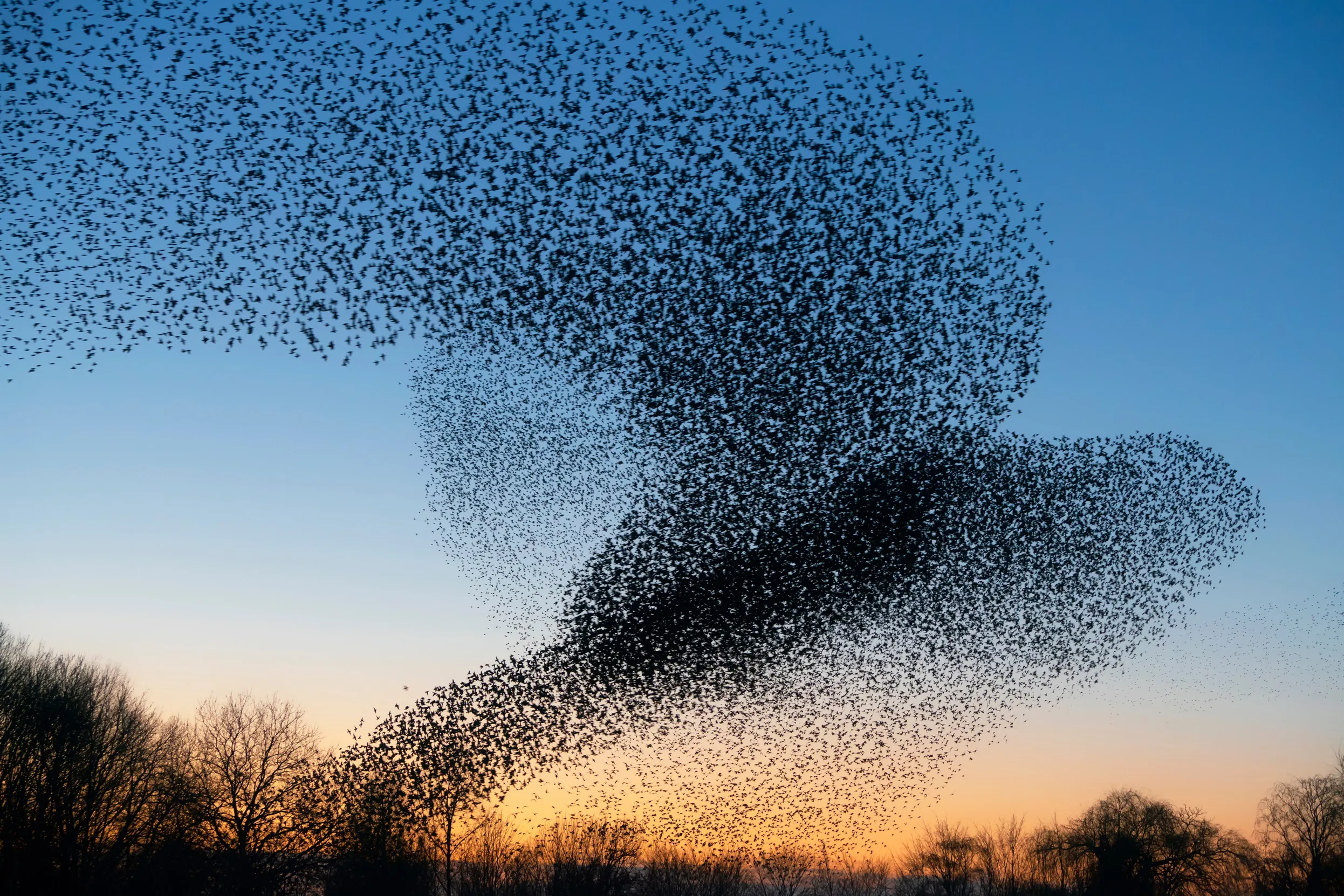
In spring and autumn, this narrow airspace fills with birds large, small, exotic and familiar. One of which is the Turtle Dove – the UK’s only migratory dove – which departs Sub-Saharan Africa early each spring, making a perilous 5,000km journey north with Eastern England the last stop for some individuals. Others to shoot through this geographical bottleneck, UK-bound, include Swifts, Swallows, Nightingales and a variety of warbler species.
But what the Strait of Gibraltar is really famous for, in birding circles, is its impressive overhead passage of raptors. In the UK, we’re used to seeing skeins of geese or huge flocks of Starlings, but it’s unusual to see birds of prey together in such vast numbers. But here, when the wind is right, look up and you’ve a good chance of seeing a river of Honey Buzzards, Black Kites, Marsh Harriers and Booted Eagles, soaring effortlessly on barely a wingbeat.
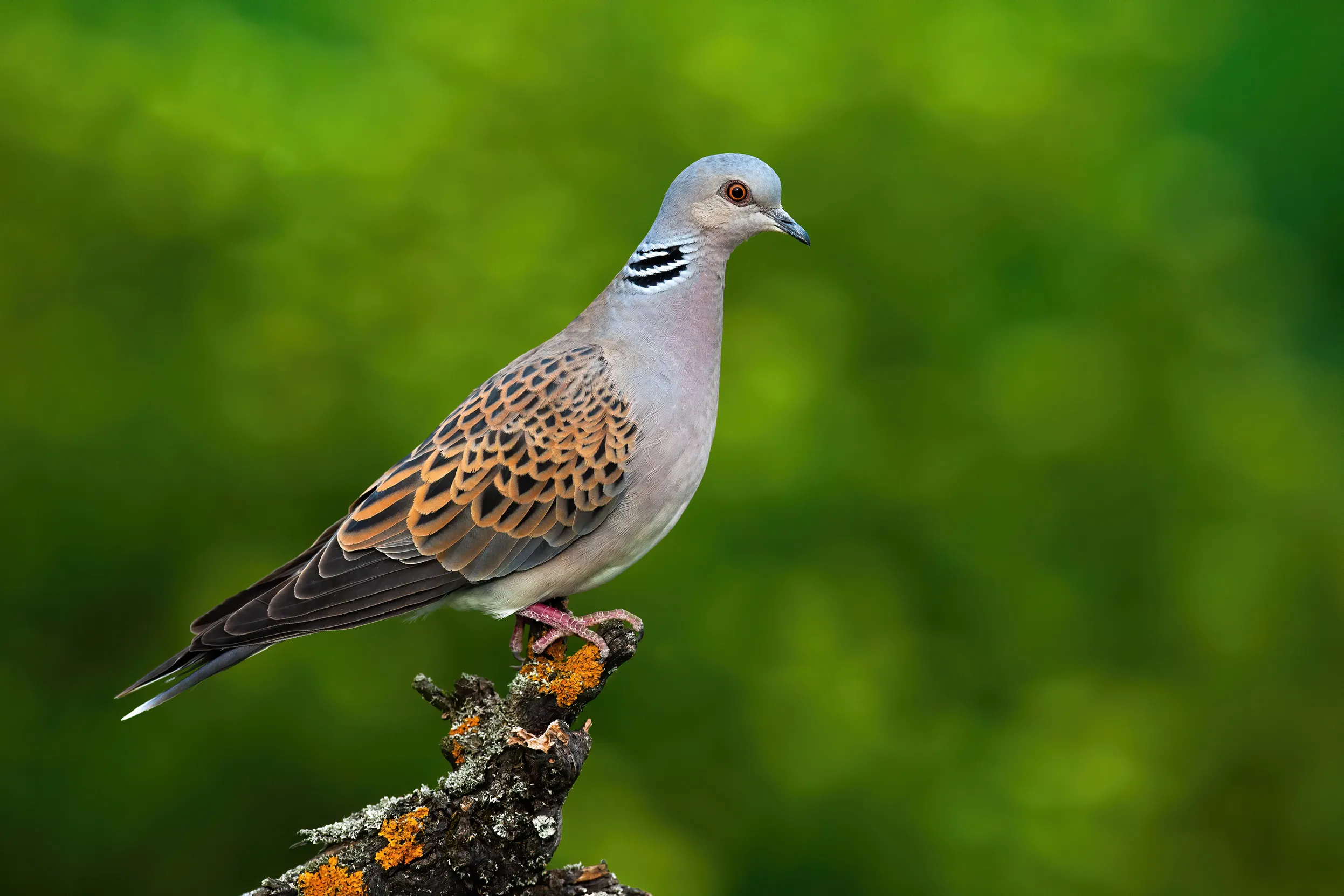
That ease, however, is just an illusion. It takes stamina, luck (and a good build-up of fat!) to complete a long-haul migration. That’s why many birds touch down in unusual places, in need of a rest, or are blown off course at this time of year. When that happens, it’s better to be over land than water. (There’s a Twitter account dedicated to tired birds landing on boats and hitching a ride until they’re rested and ready to take to the wing once more.)
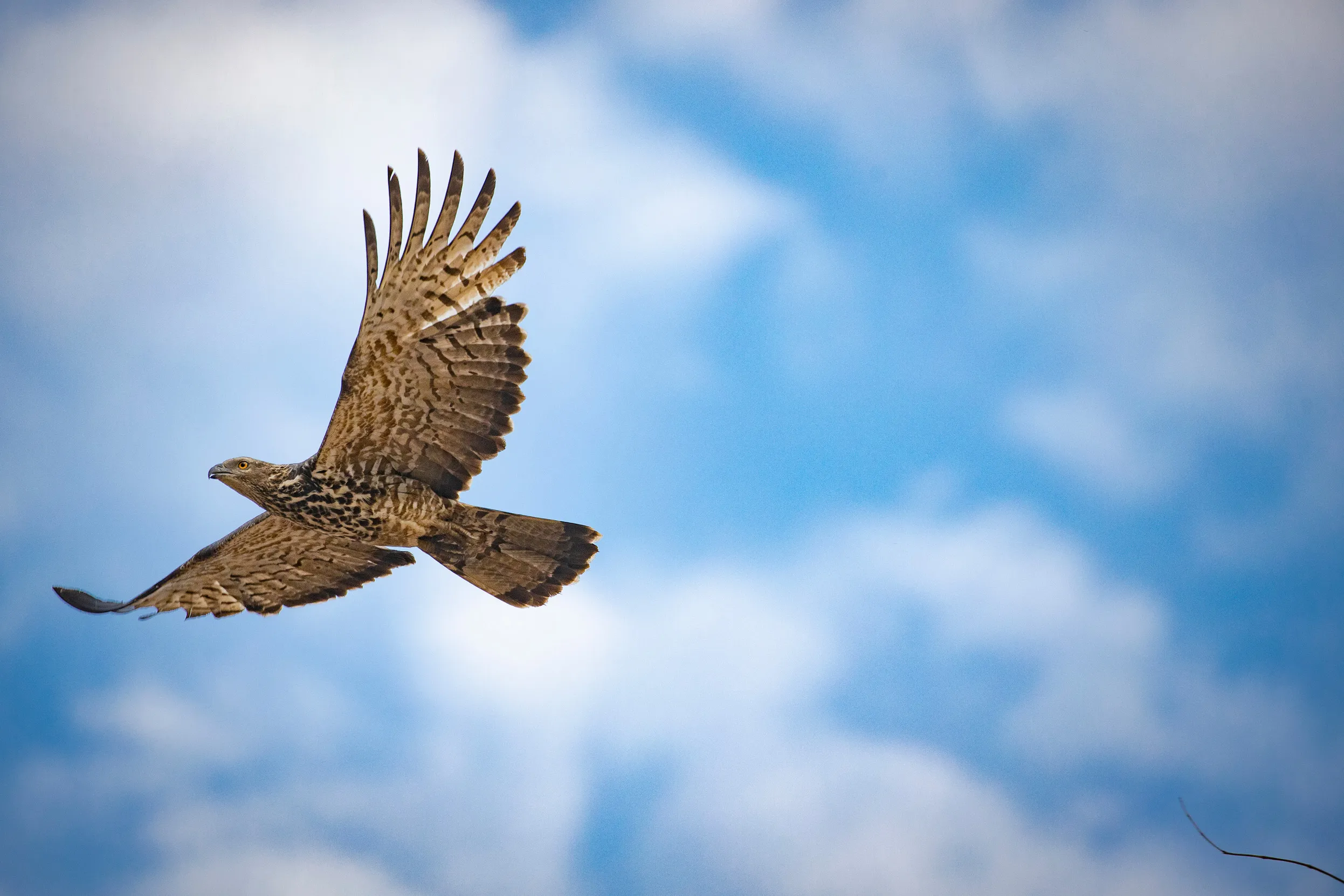
On 25 May last year, particularly windy conditions in the Strait resulted in a large number of birds landing in the sea. Members of the Gibraltar Ornithological and Natural History Society and the authorities set out in boats and pulled floundering Griffon Vultures, Booted Eagles and Short-toed Eagles from the waves. These exhausted giants were given food, water and rest before being released.
Most of the rescued birds were inexperienced youngsters on their maiden voyage. But let’s give them credit for getting that far at all.
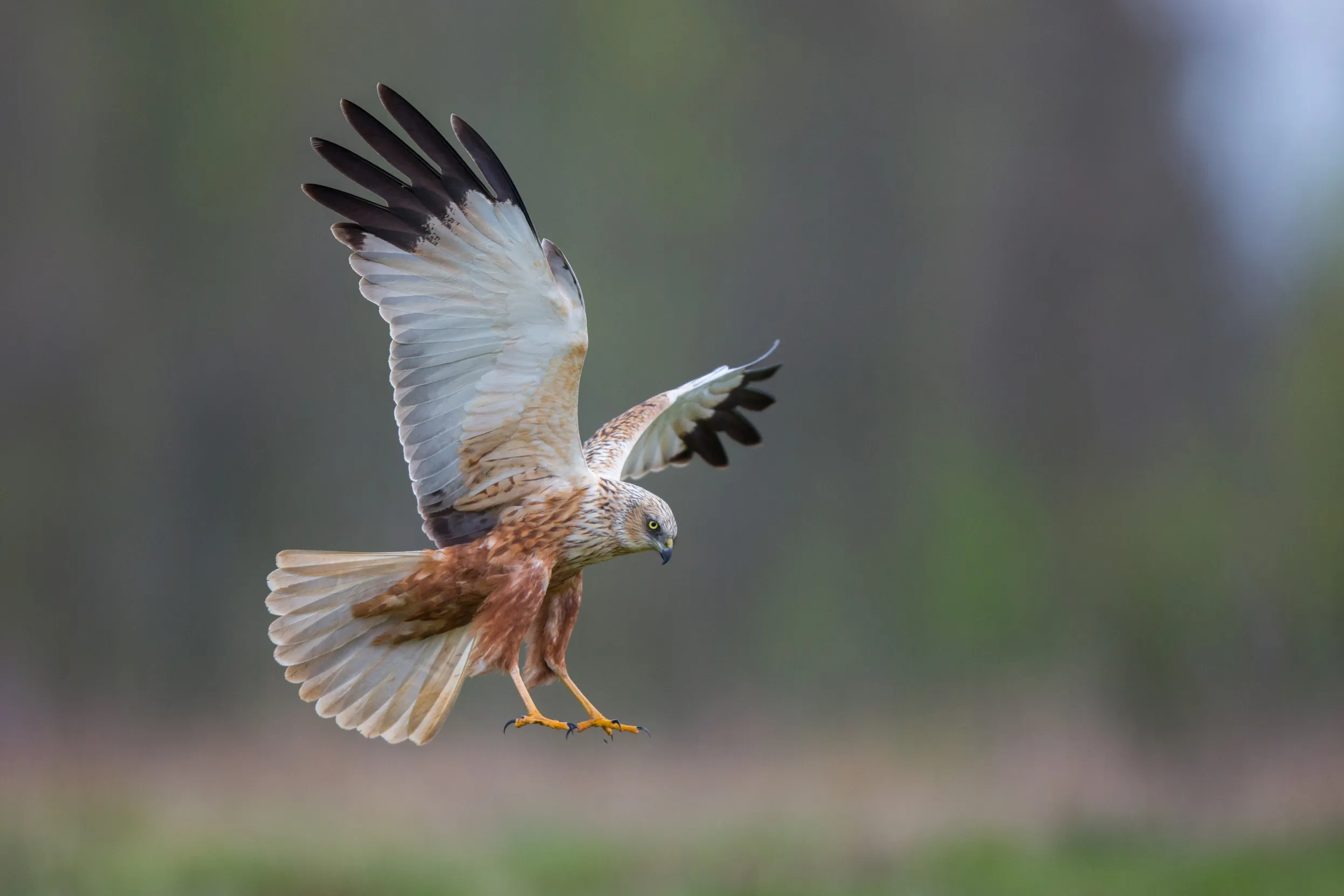
The pull to migrate and how exactly birds do it is one of nature’s most exhilarating mysteries. Most likely they use a combination of visual clues like rivers, roads and mountain ranges, and the earth’s magnetic field to navigate.
Often the males travel first, getting ahead to set up a territory ready for the females who, as in much of nature, have the power of choice. And those migrations are getting earlier: a recent study showed that birds are now spending more time in their European breeding grounds and less time at their non-breeding grounds in sub-Saharan Africa, in response to climate change.

A glimpse of salmon pink against black and white wings might signal a Hoopoe in the vicinity. Scan the bushes, too, for the ultramarine beauty of a Roller, or the bright, rainbow joy of a European Bee-eater – small colonies of which are starting to show up in the UK as global temperatures warm. And, while you enjoy those evening chips, there’s a good chance of hearing the weird, invisible but unmistakable churr of a Nightjar (a species recovering well on RSPB reserves, incidentally, with record numbers in 2022), newly-arrived from those hazy mountains fading in the dusk light. It’s a continent away but, to a bird no bigger than a paper aeroplane, that crossing from one world to another is just another day’s flight; another short stage in the race of a thousand wings.
